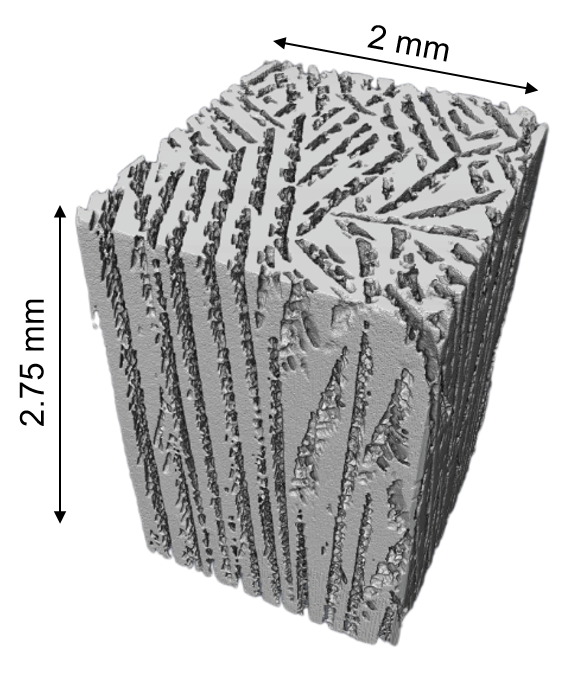Research
My main research interests are modeling of permanent magnets, microstructures and thermoelectric generators. Each of these topic are described below.
If you are a student, and are interested in one of the areas, you are more than welcome to contact me at rabj@dtu.dk.
Permanent magnets:
Permanent magnets are critical components in energy applications such as magnetic refrigeration, electromagnetic harvesting, magnetic flywheels etc., besides their other common usages such as electric motors, MRI scanners and wind turbines. However, powerful permanent magnets contain rare earth elements, which are already in short supply, and will be even more so with the increase in the standard of living around the globe. This makes magnets expensive and they must thus be utilized as efficiently as possible, while at the same time optimizing the magnetic field to the given application.
Design of permanent magnet systems is best tackled using continuum modeling of permanent magnets, as there is a 1:1 correspondence between numerical models of the magnetic field and the magnetic field produced in the lab by a collection of permanent magnets and magnetic materials.
In my research, I have focused on the following topics related to permanent magnets:
(I have also written a popular article in Danish about my research on magnets for Det Unge Akademis Årsskrift. You can find the article here.)
 |
Designing a system of permanents magnets that produces the required magnetic field with a design that is as optimal as possible. I do this using custom algorithms, topology optimization and analytical optimization techniques, for example to determine how to segment a magnetic structure into manufacturable pieces. |
 |
Designing structures of permanent magnets from Lego-like pieces using e.g. machine learning. This is useful to produce cheap and easily manufacturable magnetic system as well as for making metamaterials. |
 |
Micromagnetism and understanding why permanent magnets have a much lower coercivity than is theoretically expected. Here I use my powerful micromagnetism model called MagTense. |
 |
Harvesting energy with permanent magnets, for example by vibrating a magnet past a set of coils, or by thermomagnetic harvesting of waste heat. |
Microstructural evolution and freeze-casting:
 |
Sintering is the term for the powder atomic diffusion mechanisms that happen at elevated temperatures, and which lead to material densification and to the formation of a single solid part. I have studied how sintering occurs for samples of packed powders with various properties using a kinetic Monte Carlo model for sintering. |
 |
Freeze-casting is a novel processing technique that can be used to create bulk micro-channel structures in a sample. In freeze-casting, freezing ice is used to create vertical micron-sized channels in a powder suspension, which is then afterwards fired and consolidated. I have research how to freeze these structures optimally. |
 |
Thermoelectric devices conduct heat and as a result generate electricity. It is therefore important to design a device such that it has the optimal conversion ratio, i.e. efficiency. I focus both on the geometry of the device and on heat losses present both internally in the device and externally to the surroundings. |